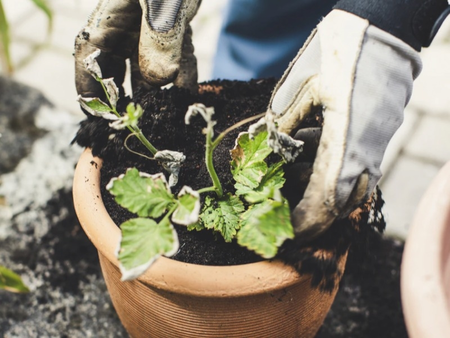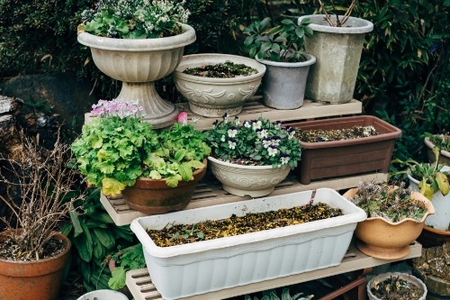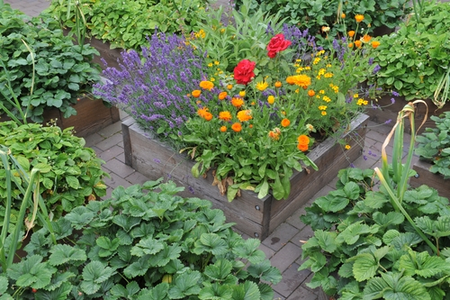These seed starter tips for a successful spring harvest will help to get you on your way to a thriving garden full of abundant crops from late spring through the summer growing season. At this time of year, there are plenty of seeds to sow, from cut flowers to salads and vegetables. Gardens will soon be abundant with plants as the weather begins to warm up and the days start getting lighter for longer. To begin with, though, it all starts with the seeds. These tips will ensure you get off to a good start for a spring harvest.
- What to sow seeds in
- What seeds to sow now
- Water requirements for seeds
- After germination steps
- Extra tips for seed sowing
1. What to sow seeds in
Seeds can be sown in many different types of pots - from seed trays and modules to coir pellets, small pots and recycled food containers, cardboard toilet roll centres, or you can even make your own out of newspaper. Generally, smaller seeds can be scattered thinly into seed trays, and larger seeds can be sown individually in modules or pairs in small pots. Always read the seed packet instructions to guide you. Ideally, use seed compost for sowing or potting compost mixed with perlite.
2. What seeds to sow now

If the weather is mild, you can sow some seeds outside as long as they are protected with cloches, or if you have a greenhouse, cold frame or warm windowsill, they can be sown inside. Sow broad beans, carrots, radishes, peas, spring onions, beetroot and many other salads. When the weather has warmed up a little more, there will be plenty more you can sow.
3. Water requirements for seeds
The balance of water is essential for seeds. Too much and they will die off; too little and they won’t grow at all. Try to keep the compost moist but not overwatered. Ensure they have light, good airflow, and the right germination temperature. The seed packet instructions will guide you.
4. After germination steps

After your seeds germinate, wait until they are large enough to handle, and if they need to be pricked out, remove the weakest seedlings, leaving space for the strongest to grow. Eventually, they will need to be potted up, hardened off and planted outside when all risk of frosts has passed.
5. Extra tips for seed sowing
Ensure your seeds are sown at the correct depth. For example, lettuce seeds can be sprinkled on the soil with a fine layer of compost. Squash seeds can be gently pushed into the ground about 2cm deep. Using a misting spray can be helpful to ensure the water doesn’t wash all the seeds to one end of the tray or water too much. Heated propagators can be used to start seeds off early, and some, such as peas, can be sprouted before even sowing on a damp kitchen roll.
Get your seeds off to a good start with seed-sowing packs, accessories and compost from Lakeside.








